What is Kybella?
Kybella is an FDA-approved injectable treatment used to reduce submental fullness, commonly known as a "double chin."
The active ingredient in Kybella is deoxycholic acid, which is a naturally occurring substance in the body that aids in the breakdown and absorption of dietary fat.
When injected into the submental fat, Kybella destroys the fat cells, which are then naturally eliminated from the body over time.
The treatment typically involves multiple injections, spaced several weeks apart, to achieve optimal results.
Kybella is a non-surgical alternative to liposuction or other surgical procedures for reducing submental fullness. It is generally considered safe and effective, but it may cause side effects such as swelling, bruising, numbness, and temporary discomfort in the treated area.
It is important to discuss the potential risks and benefits of Kybella with a qualified healthcare provider before undergoing treatment.
How Kybella Works?
It works by utilizing a synthetic shape of deoxycholic acid that is a molecule and produced by the body to break down and absorb dietary fat.
When injected into the submental (under the chin) area, Kybella breaks down and destroys the fat cells in that area.
During the treatment, the healthcare provider will use a series of injections to deliver Kybella into the targeted area of submental fat.
Over time, the destroyed fat cells are naturally eliminated from the body through the lymphatic system.
Kybella is a targeted treatment that only affects the fat cells in the treated area, leaving the surrounding tissue unharmed. The number of injections required for optimal results will depend on the amount of submental fat present and the patient's individual goals.
It is important to note that while Kybella is an effective treatment for reducing submental fullness, it is not a weight loss solution or a treatment for excess fat in other areas of the body. It is important to discuss the potential risks and benefits of Kybella with a qualified healthcare provider before undergoing treatment.
How is kybella administrated?
Kybella is administered through a series of injections into the submental fat (under the chin). The procedure is typically performed in a healthcare provider's office and can take as little as 15-20 minutes.
Before the procedure, the healthcare provider may use a topical or local anesthetic to numb the area being treated.
They will then use a fine needle to inject small amounts of Kybella into several areas under the chi
The number of injections required for optimal results will depend on the amount of submental fat present and the patient's individual goals. The healthcare provider may mark the injection sites beforehand to ensure even distribution of the product.
Some patients need multiple treatments in several weeks. The healthcare provider will determine the appropriate treatment plan based on the patient's individual needs.
After the treatment, patients may experience swelling, bruising, redness, and numbness in the treated area.
These side effects are typically temporary and should resolve within a few days to a few weeks.
It is important to follow the healthcare provider's post-treatment instructions to ensure optimal results and minimize the risk of complications.
How much time is needed to recover?
Kybella is a non-surgical treatment that requires little to no downtime for most patients.
However, patients may experience some swelling, bruising, redness, and numbness in the treated area for a few days to a few weeks after the treatment.
Patients can usually return to their normal activities immediately after the treatment, although they may want to avoid strenuous exercise or activities that involve bending or straining the neck for a few days to minimize swelling and discomfort.
It is important to follow the healthcare provider's post-treatment instructions, which may include applying ice to the treated area, avoiding alcohol and blood-thinning medications, and avoiding exposure to the sun or heat, to ensure optimal results and minimize the risk of complications.
The number of treatments required will depend on the amount of submental fat present and the patient's individual goals. Most patients require multiple treatments, spaced several weeks apart, to achieve optimal results. The healthcare provider will determine the appropriate treatment plan based on the patient's individual needs.
WHAT ARE THE POSSIBLE SIDE EFFECTS OF KYBELLA?
Kybella is generally considered a safe and well-tolerated treatment for reducing submental fullness, but like any medical procedure, it carries a risk of potential side effects. Some of the possible side effects of Kybella include:
Swelling: The most common side effect of Kybella is swelling in the treated area, which typically lasts for several days to a week.
Bruising: Some patients may experience bruising at the injection sites, which can take several days to resolve.
Numbness: Patients may experience numbness or loss of sensation in the treated area, which usually resolves within a few weeks.
Pain or discomfort: Some patients may experience mild to moderate pain or discomfort in the treated area, which can usually be managed with over-the-counter pain medications.
Redness or warmth: Patients may experience redness or warmth in the treated area, which typically resolves within a few days.
Hardness or nodules: In rare cases, patients may develop small, hard nodules or lumps in the treated area.
It is important to discuss the potential risks and benefits of Kybella with a qualified healthcare provider before undergoing treatment. Patients should also inform their healthcare provider of any medical conditions, allergies, or medications they are taking before undergoing treatment.
WHAT SHOULD I TELL MY DOCTOR BEFORE TREATMENT?
Before undergoing Kybella treatment, it is important to inform your healthcare provider of any medical conditions, allergies, or medications you are taking, including:
Previous cosmetic treatments: Inform your healthcare provider of any previous cosmetic treatments you have had, including dermal fillers, Botox, or laser treatments.
Medical conditions: Inform your healthcare provider of any medical conditions you have, including bleeding disorders, thyroid disorders, or any other medical condition that may affect the treatment.
Medications: Inform your healthcare provider of any medications you are taking, including over-the-counter medications, vitamins, supplements, and herbal remedies. Some medications, such as blood thinners or aspirin, may increase the risk of bruising or bleeding at the injection site.
Allergies: Inform your healthcare provider if you have any allergies, particularly to deoxycholic acid or any of the ingredients in Kybella.
Pregnancy or breastfeeding: Inform your healthcare provider if you are pregnant, planning to become pregnant, or breastfeeding. The safety of Kybella during pregnancy or breastfeeding is unknown.
By providing your healthcare provider with a complete medical history, you can help ensure that Kybella is a safe and effective treatment for you.
Kybella Injection Price in Pakistan
The price of Kybella injections in Pakistan can vary depending on a number of factors, including the location of the clinic, the experience and qualifications of the healthcare provider, the amount of Kybella needed to achieve the desired results, and any additional fees or charges.
It is recommended that you consult with a qualified healthcare provider in Pakistan to determine the exact cost of Kybella treatment in your area. The provider can also assess your individual needs and goals, and develop a customized treatment plan that fits your budget and delivers optimal results.
Conclusion
Kybella is a non-surgical injectable treatment used to reduce submental fat, commonly known as a double chin. It works by using a synthetic form of deoxycholic acid to break down and absorb the fat cells under the chin, resulting in a more defined and contoured jawline.
The treatment is typically administered in a healthcare provider's office and requires little to no downtime for most patients.
However, like any medical procedure, Kybella carries a risk of potential side effects, including swelling, bruising, numbness, pain or discomfort, and small nodules or lumps in the treated area.
Before undergoing Kybella treatment, it is important to inform your healthcare provider of any medical conditions, allergies, or medications you are taking to ensure the treatment is safe and effective for you.


